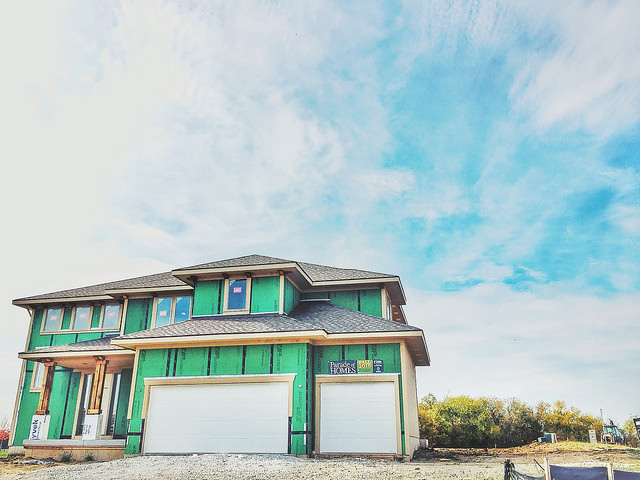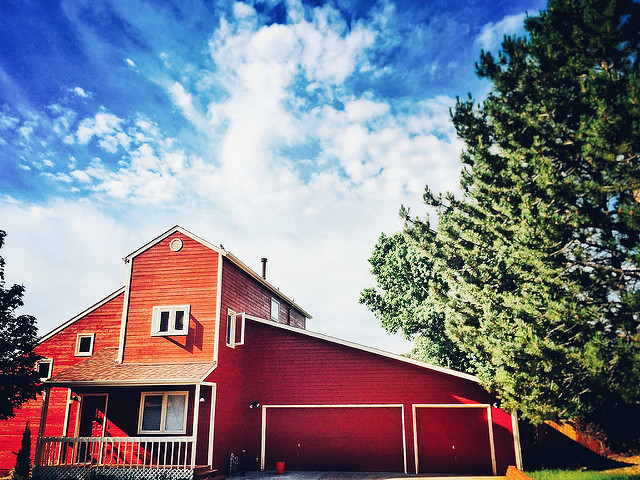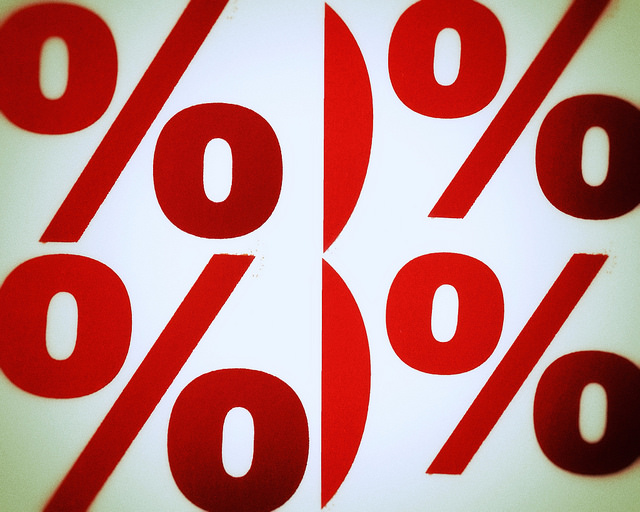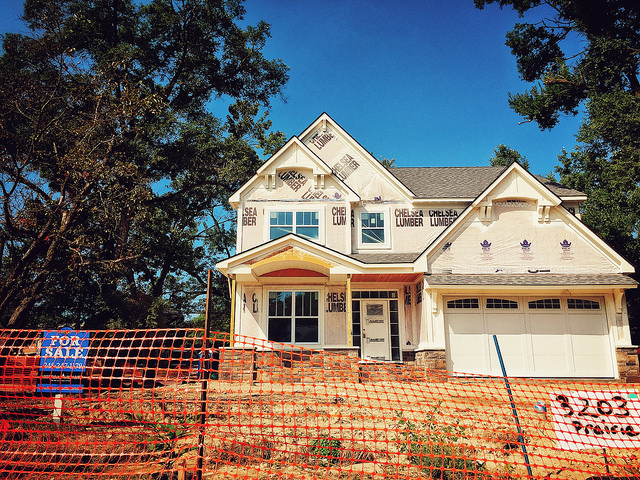The number of new homes available for sale at the end of August was 3.6 percent higher than the previous month, according to new data from the U.S. Census Bureau and the U.S. Department of Housing and Urban Development. The improvement brings inventory to its highest level since May 2009. That’s encouraging news for home buyers, as a lack of homes for sale has been the primary factor pushing prices higher in many markets. As more new homes are built, however, buyers will have more homes to choose from and the extra supply will help moderate price increases and balance out the market. Still, despite the good news, the latest residential sales report also shows the number of new homes sold last month down 3.4 percent. According to Robert Dietz, the National Association of Home Builders’ chief economist, the decline may’ve been due to the recent hurricanes – and they may continue to affect upcoming data. “We may see more volatility in the next few months as communities affected by the recent hurricanes experience construction delays and other economic disruptions,†Dietz said. More here.













